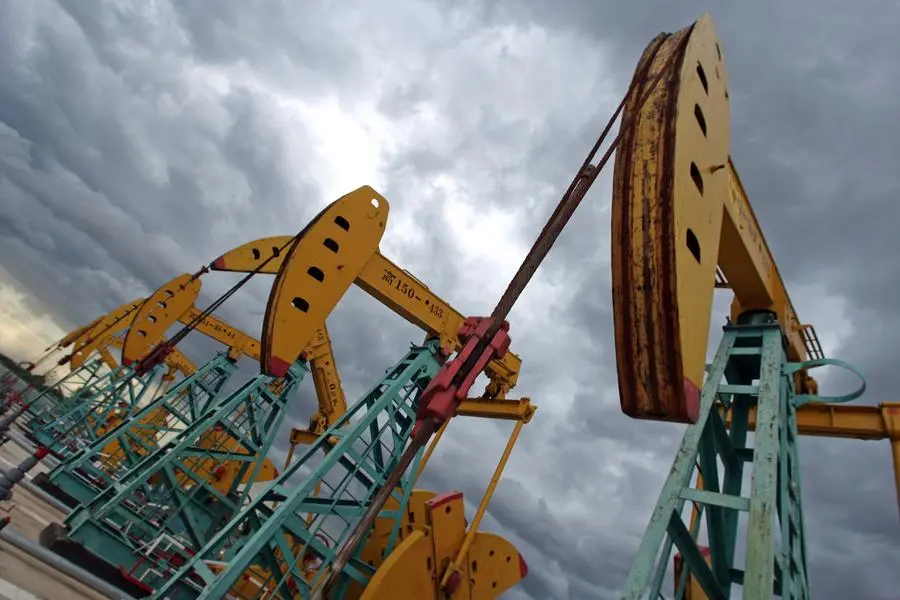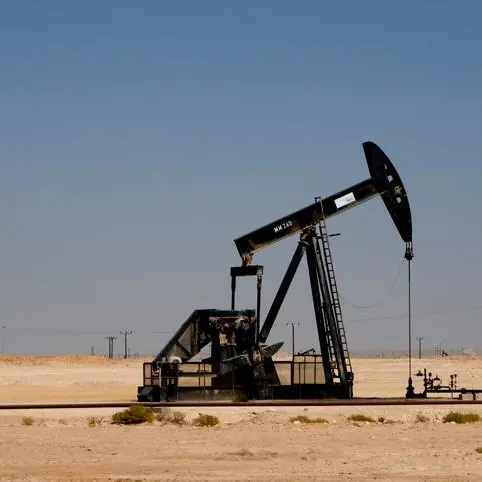PHOTO
China National Petroleum Corp.'s 'nodding donkey' oil pumps during a storm on July 13, 2006 in Daqing, Heilongjiang province, China. China National Petroleum Corp is the mother company of PetroChina. (Photo by Lucas Schifres/Getty Images) Image used for illustrative purpose.
Investment in upstream oil and gas will continue to fall behind pre-crisis levels this year, as rising prices and borrowing costs, supply chain issues and the war in Ukraine are holding back spending, according to the International Energy Forum (IEF).
The energy markets had already tightened amid a decline in investments and rise in energy demand prior to the war in Ukraine. The Riyadh-based EIF last December found that investment in 2020 and 2021 was down 25 percent compared to levels seen prior to the outbreak.
To ensure market balance, the IEF had said that more investments should be made in the oil and gas upstream sector and sustained at pre-COVID levels of $525 billion through 2030.
However, current data suggest that “more trouble” lies ahead in the second half of 2022. Commercial and strategic inventories are low, spare production capacity is dwindling and energy demand is expected to rise further, according to Joseph McMonigle, Secretary General of IEF.
He said that Russia's invasion of Ukraine, inflation, supply chain disruptions and labour shortages are increasing the likelihood that the investment shortfall would persist.
“A growing storm of new factors is worsening the underinvestment problem and creating a red alert for energy markets,” McMonigle said.
“At a time when the global energy crisis calls for more supply, underinvestment in hydrocarbons will be the main reason for supply shortages, higher prices and volatility for the foreseeable future.”
Inflation, borrowing costs
In its updated assessment of the investment crisis, which was issued on Wednesday, the IEF also noted that due to inflation, projects that were approved during the last two years now face “rapidly increasing costs” and those that are about to receive final investment decision are likely to be reviewed.
The rising cost of capital is being compounded by tightened monetary policies, which can impact borrowing costs for projects in the oil and gas sector. The IEF said that, with higher interest rates, the overall cost of a project financed from debt could increase and this could cause delays.
Supply chain disruptions
Economies around the world may have already eased COVID-19 restrictions, but supply chains are still experiencing long delays.
Since oil and natural gas projects source their materials overseas, disruptions in supply chains could delay project deliveries completions, which in turn could increase the overall project cost and require additional investment.
(Writing by Cleofe Maceda; editing by Daniel Luiz )























